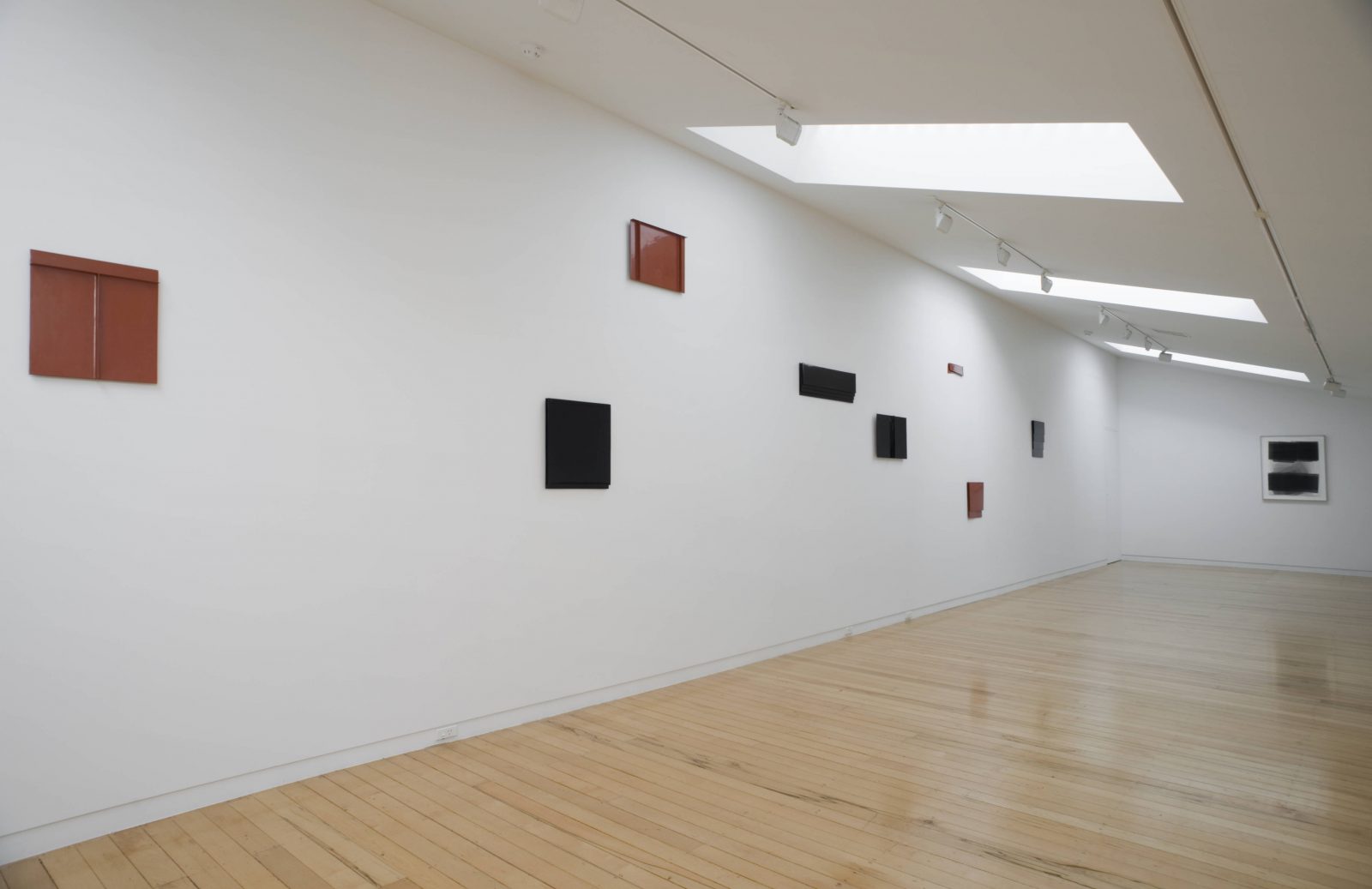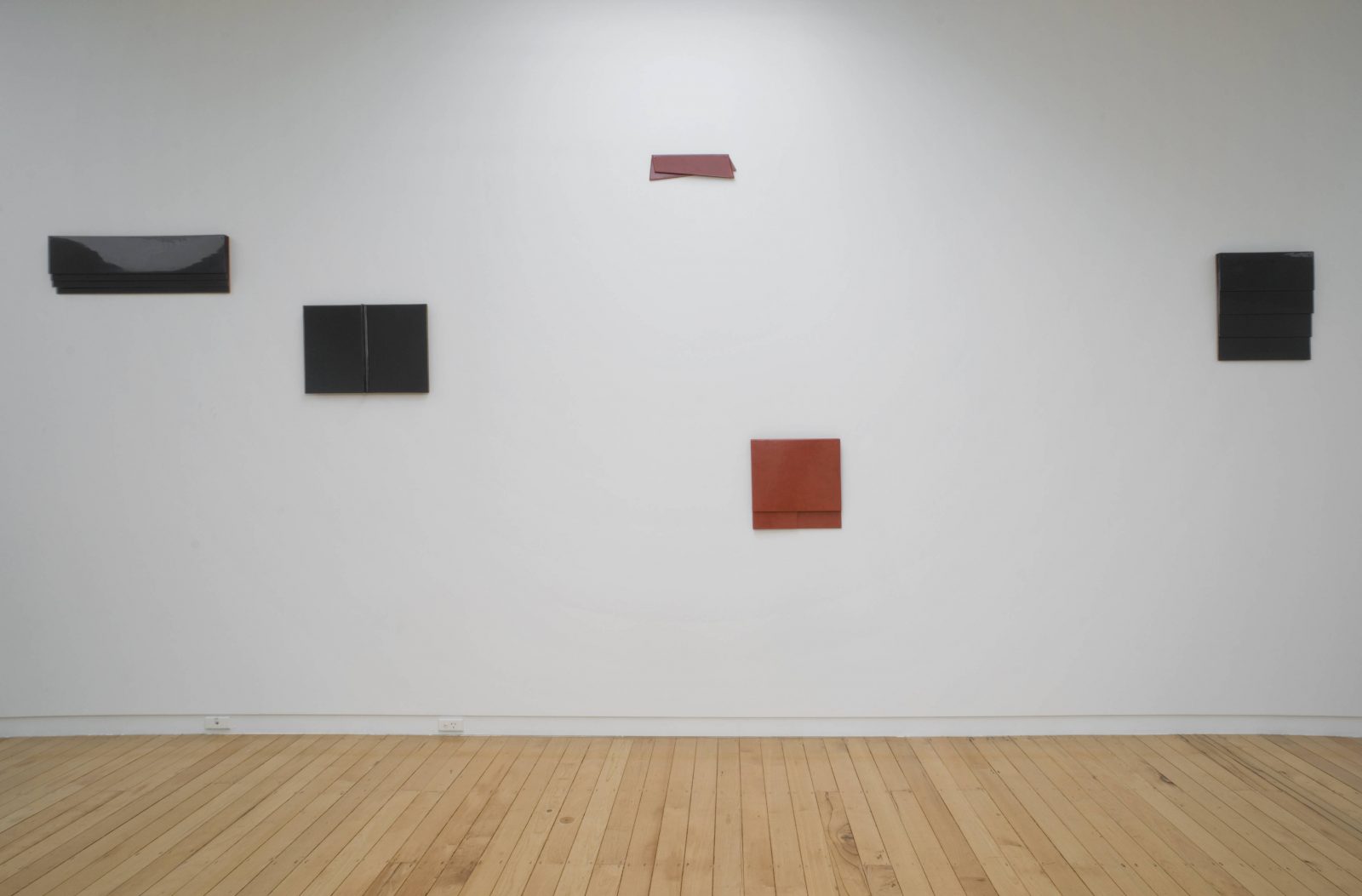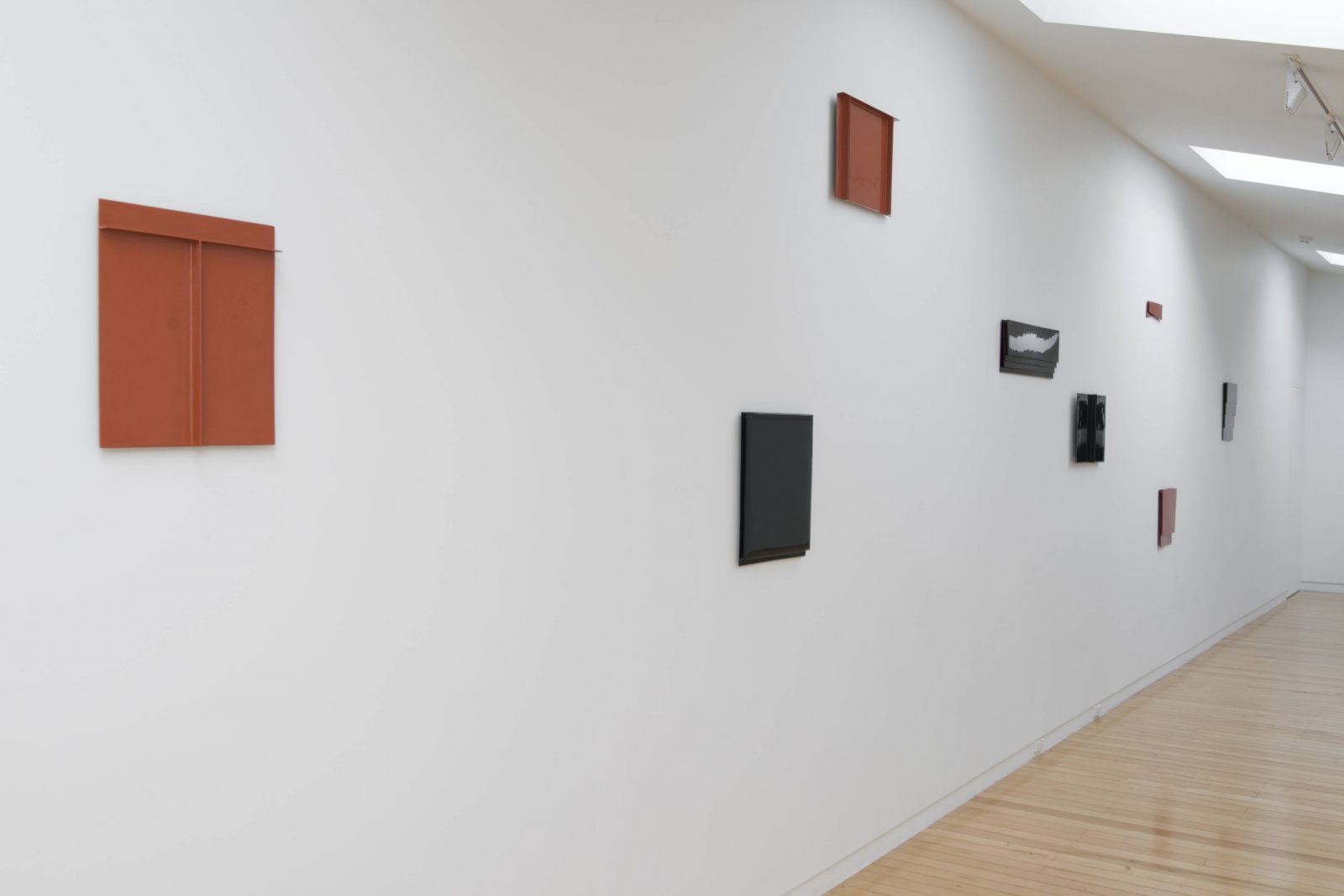Joachim Bandau
15 April - 14 May 2011
Two Rooms presents Joachim Bandau, his second solo exhibition since Bandau completed the Two Rooms residency in 2010. The artist lives in Aachen and Stäfa (Switzerland). The exhibition will include current Black Watercolour paintings, started in New Zealand along with Bagan Lacquer-objects – wooden wall pieces covered with Burmese tree resin, which will be the first showing in New Zealand.
Joachim Bandau was born 1936 in Cologne and studied at the Kunstakademie Düsseldorf from 1957 to 1960. In 1962 he started his first 3-dimensional works. After the futuristic-organic appearing polyester sculptures in the sixties and seventies he developed architectural sculptures made by lead and steel. Before this architectural phase there was a pure graphical phase: from 1976 to 1978 he focused on the subject of the bunker architecture. After 1978 the bunker became a central significance in his sculptural producing, too. Consequently, a development to minimalist archetypes of architectonic sculptures began. In 2005 cubic leadobjects (“Bonsai”) came up, which were directly mounted on the wall. In the following years he started to create the laminar Bagan Lacquer-objects which follow up the matter of the steel and lead sculptures and their subject of interspace and encased space. His first Black Watercolour paintings occurred in 1983. Joachim Bandaus multifarious œuvre meanwhile comprises about fifty years of creation and is characterised by various, self contained groups of works.
Bandaus ́ Bagan Lacquer-objects are black or red, the latest segmented works show both colours. Their core is like the lead pieces made of balsa or air-ply wood and covered with the resin of the tree Melanorrhea Usitata, which has been used traditionally for lacquering in Burma for more than 1000 years. The black colour naturally appears through the oxidation process which achieves a red tint by adding cinnabar. The wood-core is being lacquered up to ten times and therefore ultimately not recognisable. The lacquer raises the impression of compact, heavy objects. The filigree steel spikes, fixing the works on the wall, reveal the lightness and dynamic of the objects. Their spatial volume results from the subtle concave or convex curvatures and elaborate superposition of the several face. Moreover, the works plasticity is also due to the special character of the high gloss surface and the mirroring of the environment and the beholder. These reflections and connections of light entail movements that give the work rhythm and dynamic, which result in a certain vitality. The laminar Bagan Lacquer-objects are rather hanging in front of than on the wall, that causes cast shadows which gives them their physical nature and materiality. The wall is therefore a substantial part of the composition that gives the work 3-dimensionality and reinforces the idea of embodiment. The interplay of shadow and light against the wall does not only act as the continuation of the sculpture in the room but also shows the consequential relationship to the Black Watercolours. Both, Bagan Lacquer-objects as well as his Black Watercolours develop from the two-dimensional form into a 3-dimensional appearance.
The artist uses a very big Japanese brush to apply the pigments in several layers slowly and with steady strokes onto the heavy weight hand-made paper. Through the drying process, the Black Watercolour shapes pigmented borders that appear in fine lines, which look similar to fine silver pen strokes. These fine lines seem to separate each layer. The delicate grey layers vary from a transparent grey to an opaque black each time another is added. This working process requires intense concentration. By displaying the formation of the process the concept of time is being visualized (time as dimension). The composition of the early works have a simple symmetry and the latest Black Watercolours depict a less controlled layered arrangement that results in the illusion of dual compositions which are combined in one. They seem lighter and more moved than the earlier works.
The phenomena of space has always been a major subject in Bandaus ́ oeuvre. Both works, the Black Watercolours as well as the Bagan Lacquer-objects, give the beholder the opportunity to visually re-enact the different energetic movements that partake within the separate body of works.
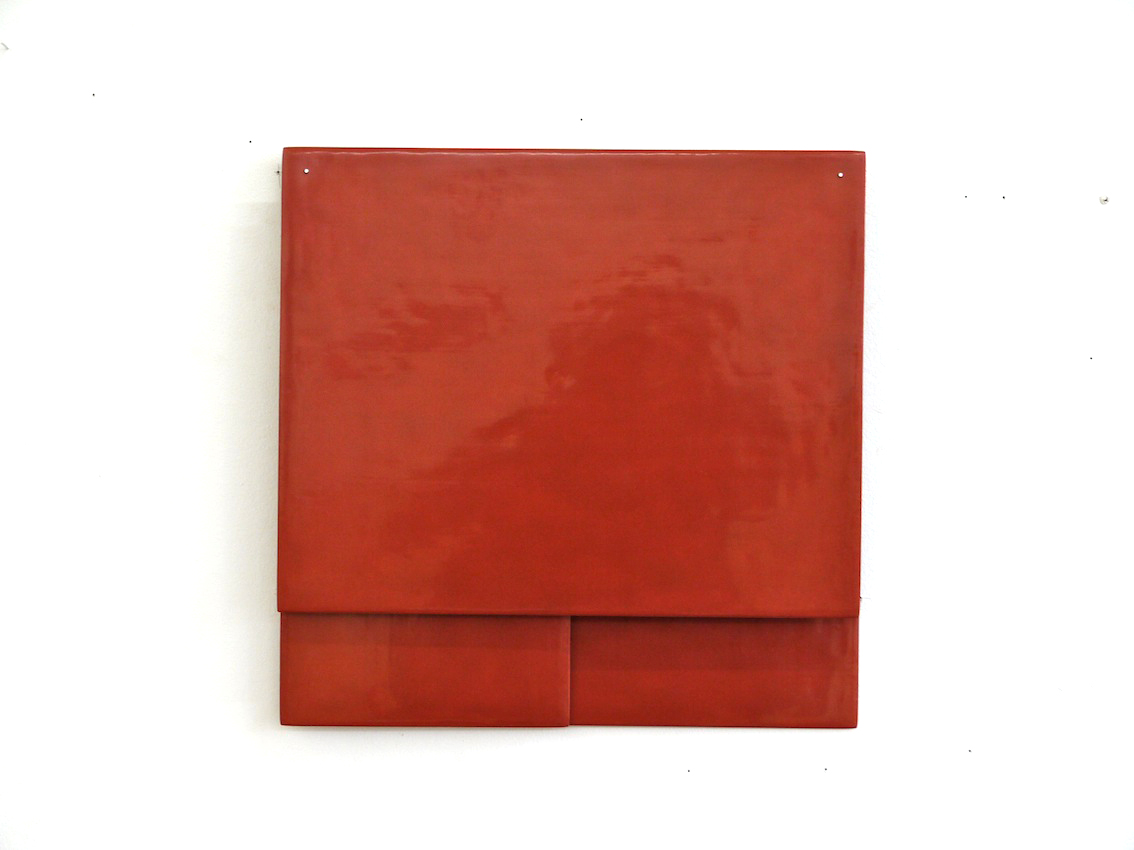
Bagan lacquer (tree resin) over plywood
350 x 350 x 250 mm
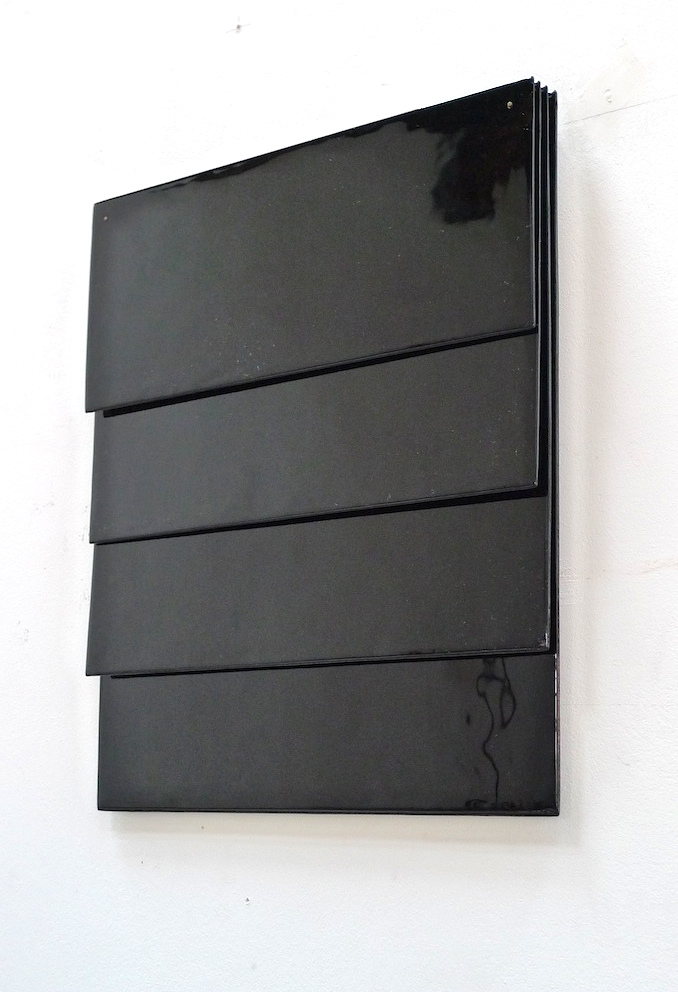
Bagan lacquer (tree resin) over plywood
420 x 360 x 250 cm
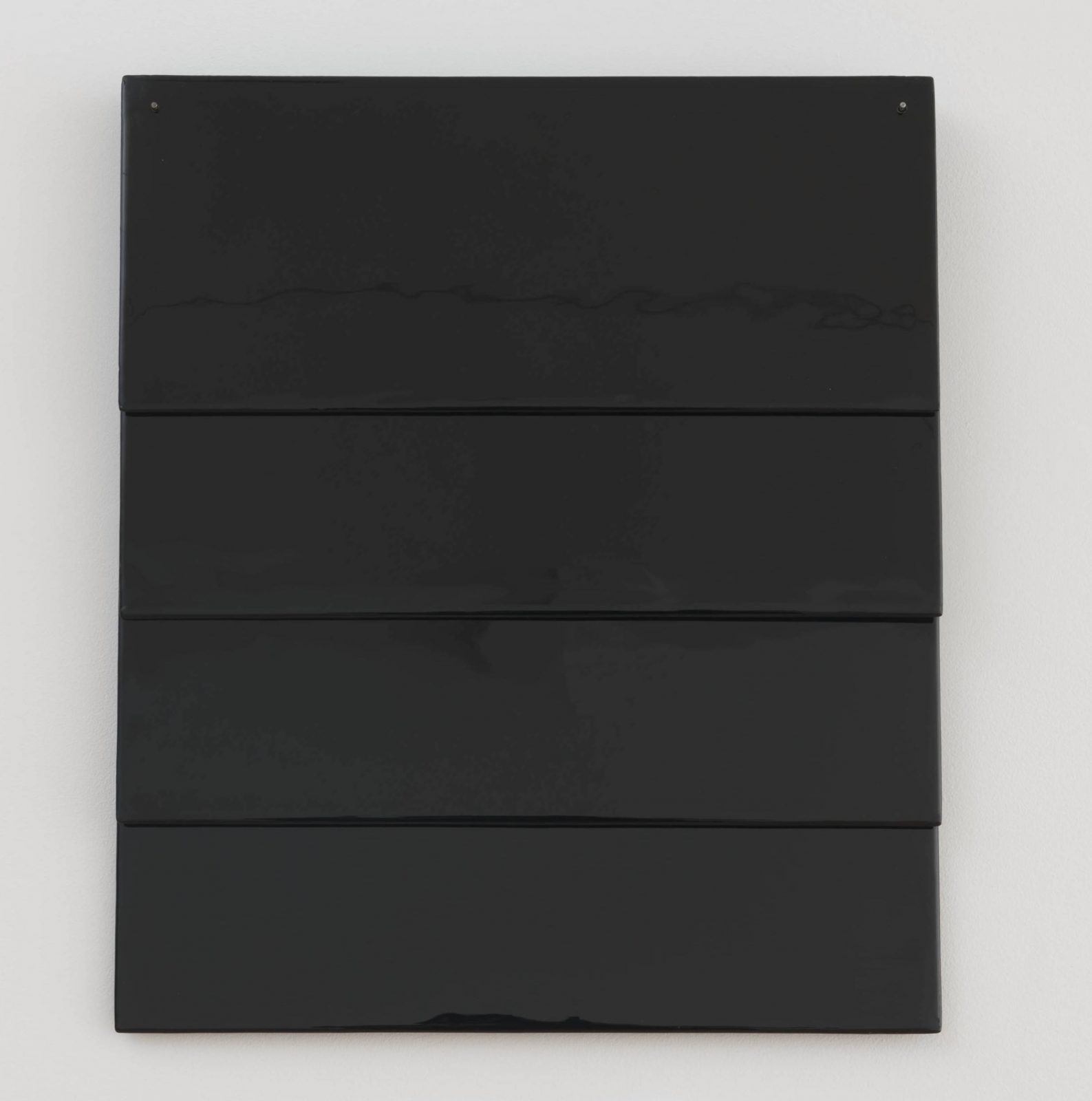
Bagan lacquer (tree resin) over plywood
420 x 360 x 250 mm
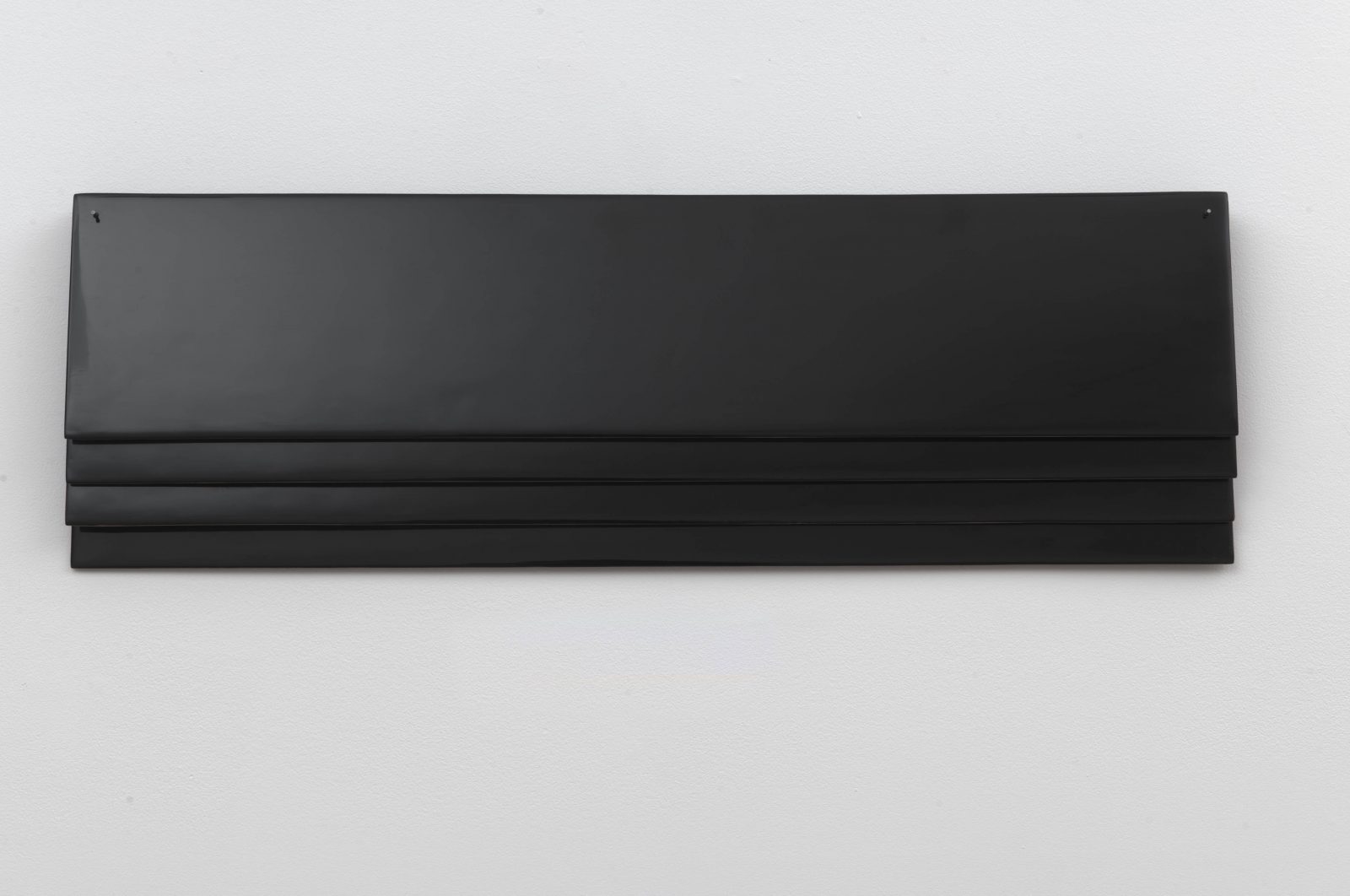
Bagan lacquer (tree resin) over plywood 22.5 x 70 x 2.5 cm / 4 pieces - black
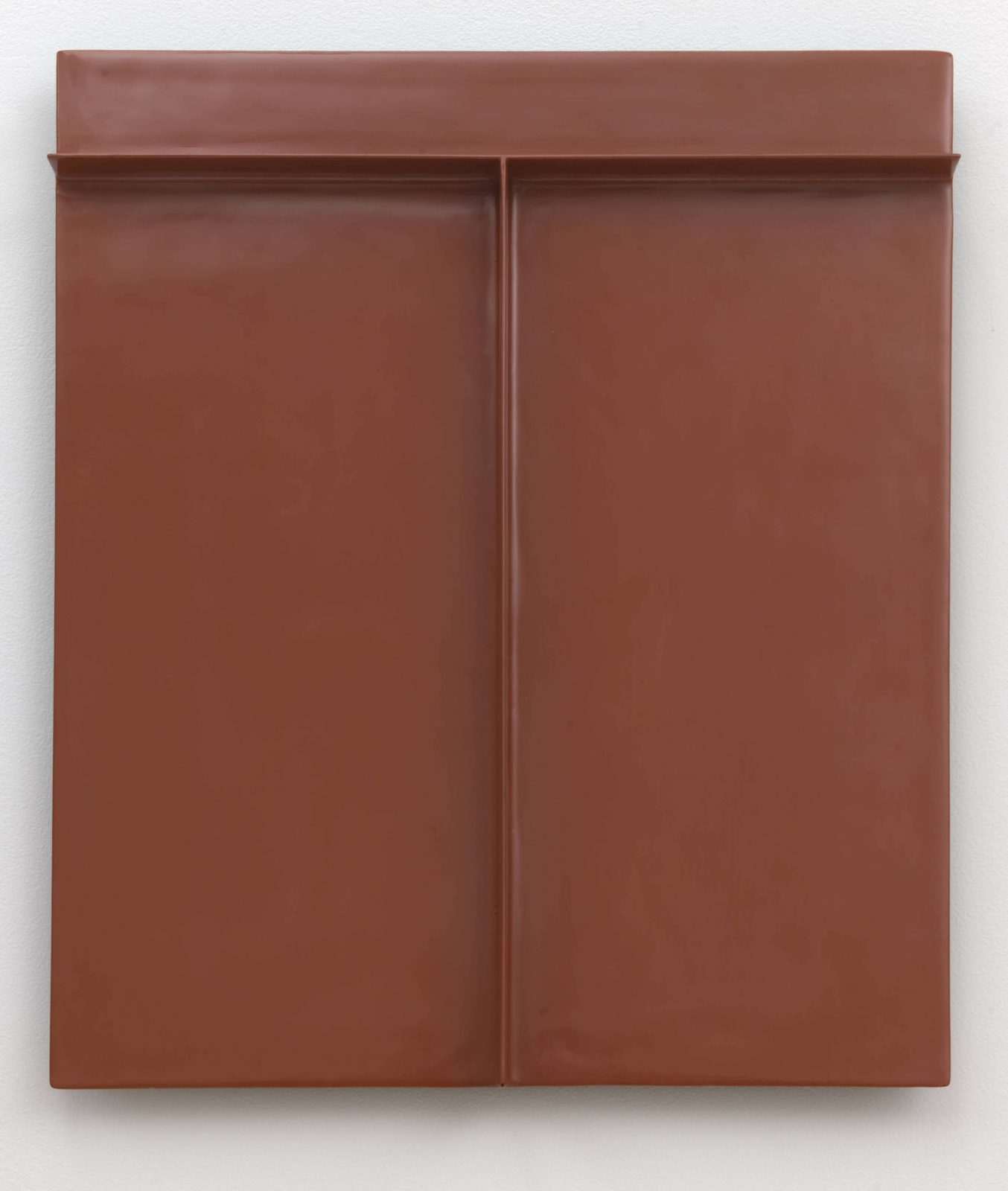
Bagan lacquer (tree resin) over plywood
390 x 330 x 250 mm
